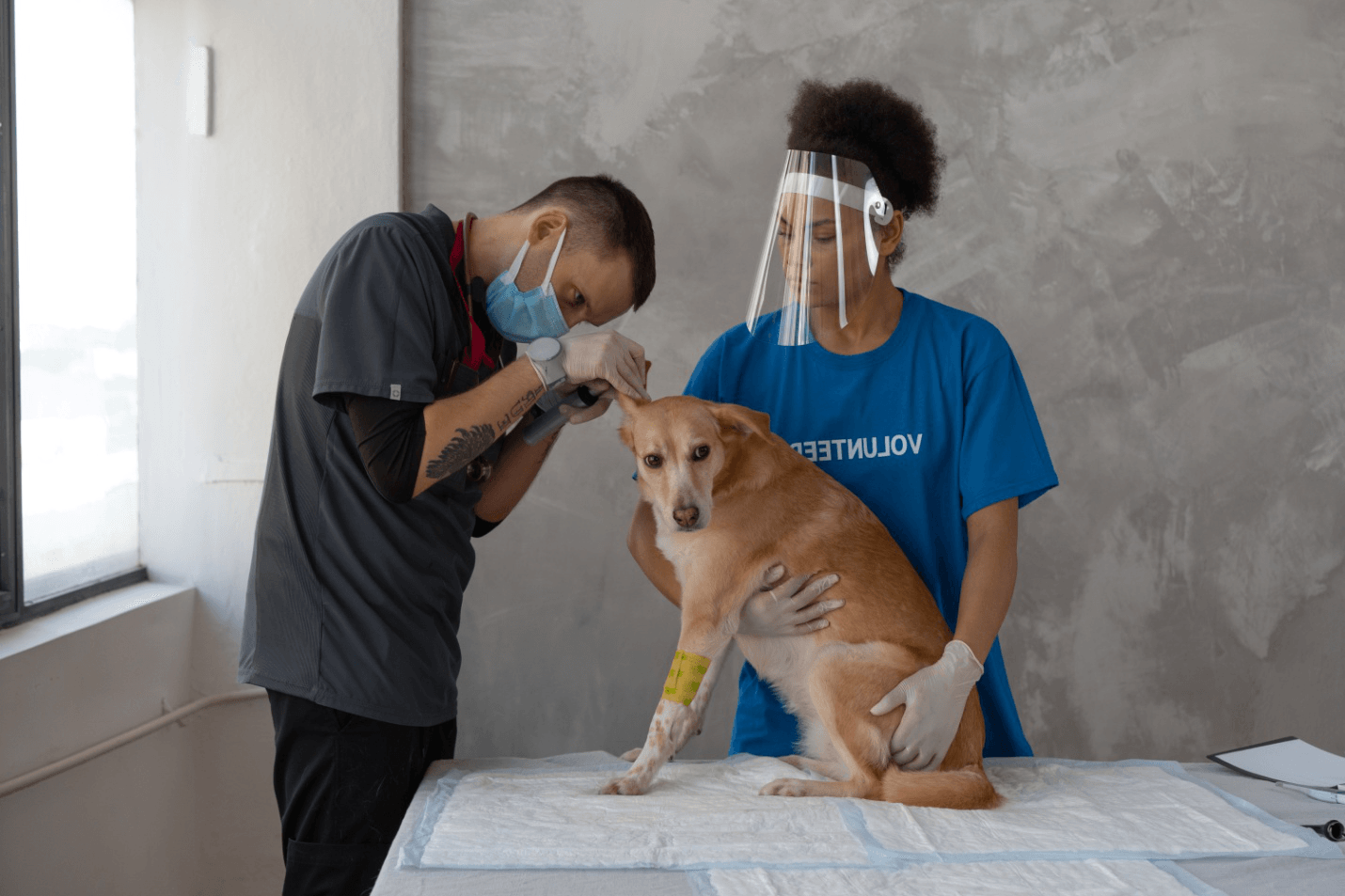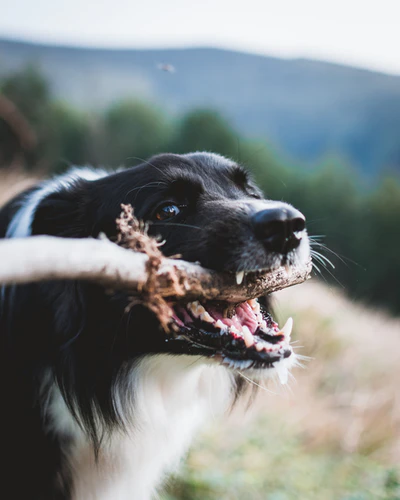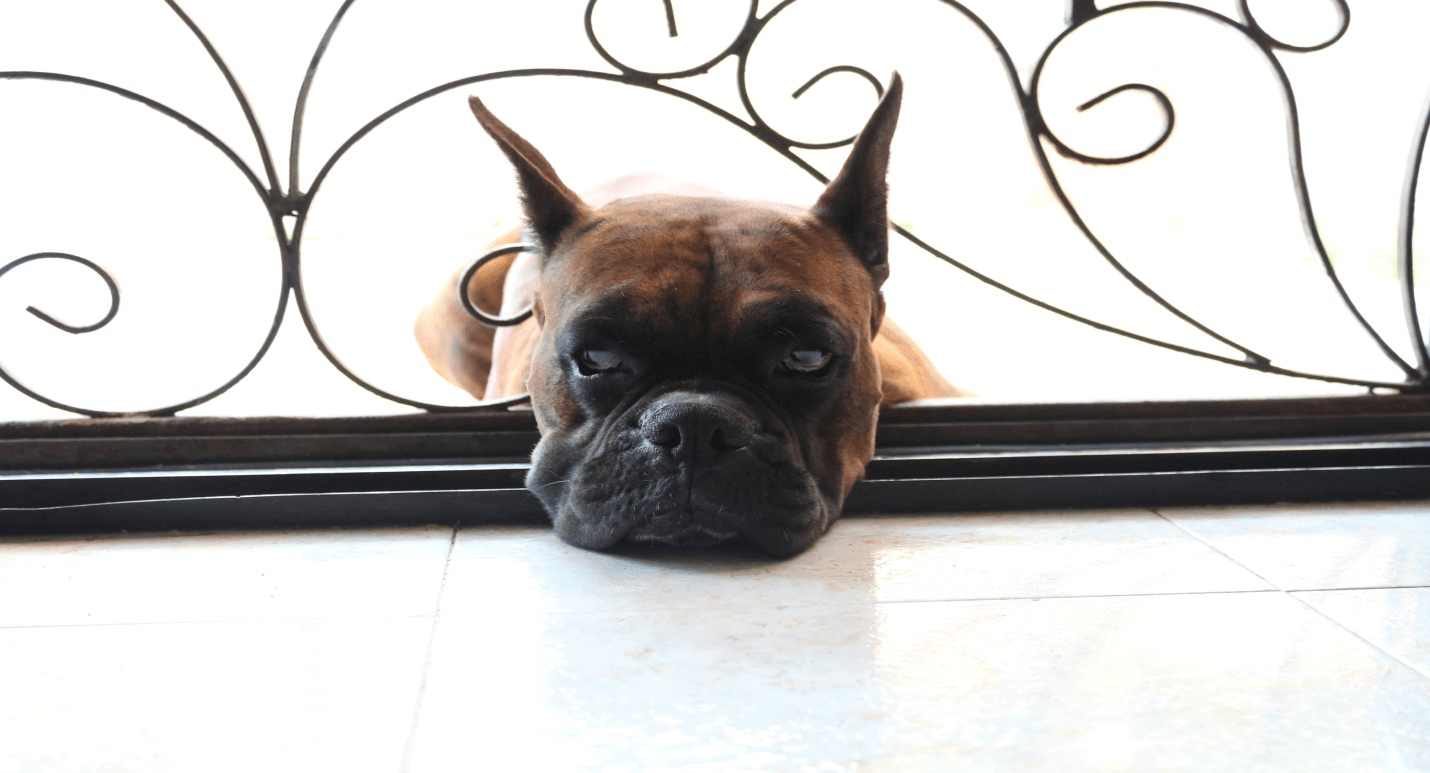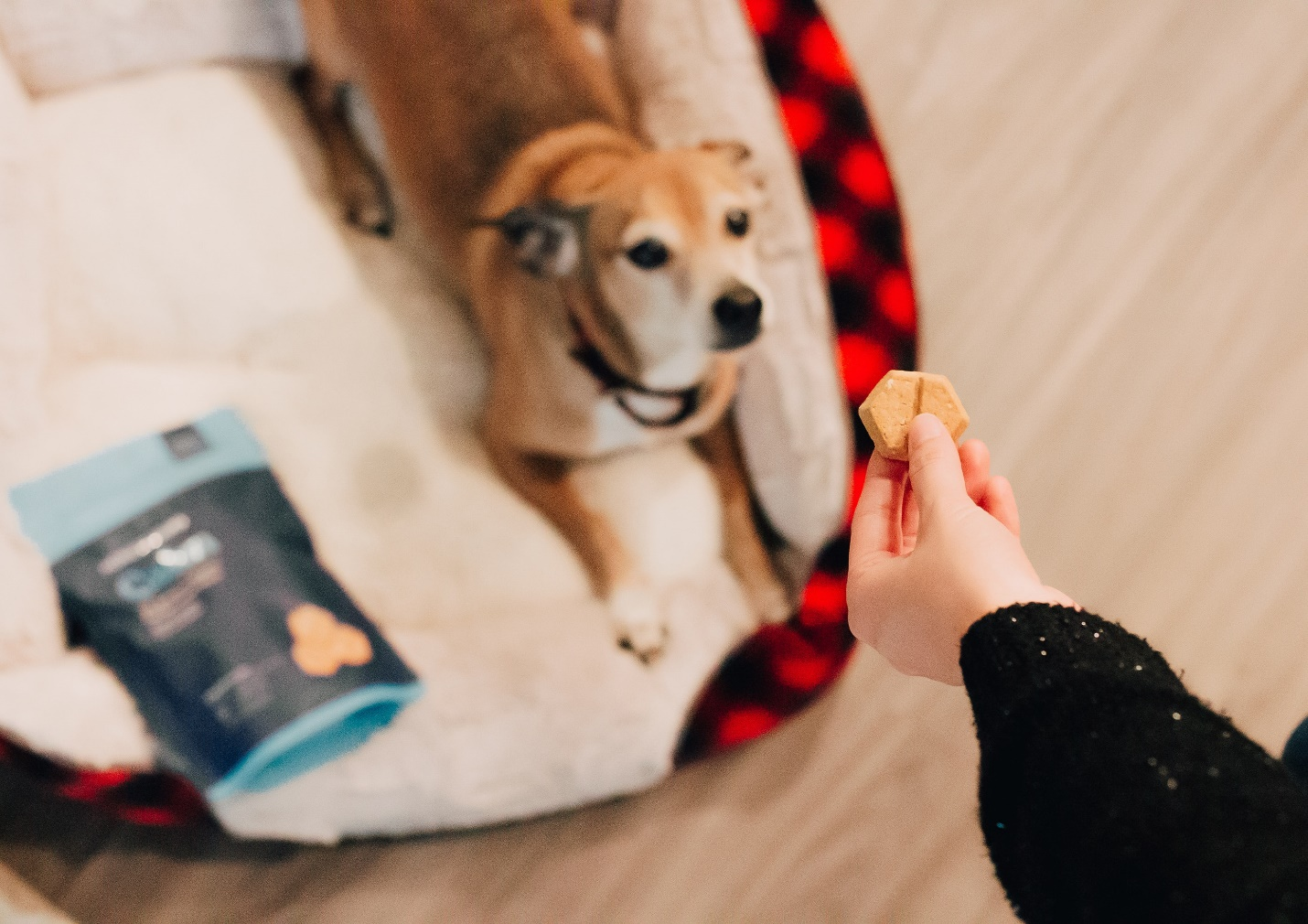Everything You Need To Know About Microchipping Your Pets
It’s every pet owner’s nightmare: someone left the front door open and your cat or dog wandered away from home, or worse, got separated during a natural disaster. Studies show that nearly 6.5 million animals end up in shelters each year. However, the good news is that with the help of microchipping, a lot of these… The post Everything You Need To Know About Microchipping Your Pets appeared first on Staples Animal Hospital.
It’s every pet owner’s nightmare: someone left the front door open and your cat or dog wandered away from home, or worse, got separated during a natural disaster. Studies show that nearly 6.5 million animals end up in shelters each year.
However, the good news is that with the help of microchipping, a lot of these animals are reunited with their owners. Microchip implantation is a reliable method of unalterable and permanent animal identification.
Posters rarely yield results, and pet collars and ear tags can be removed intentionally or by trauma; a surefire way of increasing the chances of finding your lost furry companion is microchipping. A microchip can be identified at any veterinary office or shelter. In fact, research has shown that lost dogs whose owner information was in the microchip chip registry had a higher likelihood of being found.
What Is a Microchip?
A microchip is a small, electronic chip—about the size of a grain of rice—enclosed in a glass cylinder. The chip uses RIFD (Radio Frequency Identification Technology) to transmit the pet owner’s identification number back to the scanner when it is passed over the area.
Vets, animal shelters or animal control centers can scan your lost pet’s chip. Moreover, since the chip doesn’t have an internal power source, like a battery, it can last for your pet’s entire life.
What Is The Microchip Implantation Process Like?
The implantation process is simple and doesn’t cause any more discomfort or pain than a routine vaccine. In dogs and cats, the microchip is usually implanted between the shoulder blades and doesn’t require anesthesia.
In fact, the process is so simple that it can be carried out during a regular veterinary exam; plus it only takes a few second—a small price to pay than losing your furry friend.
Does The Microchip Require Any Maintenance?
It’s important to note here that the microchip isn’t a GPS device; it can’t track your lost pet. The microchip contains a unique identifier, so when your pet is scanned, the matching pet recovery service is called, who in turn contacts you using your contact information that they have on file.
Needless to say, it’s vital to keep your contact information up-to-date so that you can be reached in case of a crisis. What’s more is that the microchip registration process is very detailed and people often neglect to fill it out completely. Be sure to provide every method of contact, including your work phone number, work email, full addresses and emergency contacts in case you’re unreachable.
Where Can I Get My Pet Microchipped?
A microchip can be implemented at most primary veterinary offices. If you’re looking for a vet care service in London, Ontario, head over to the Staples Animal Hospital . We’re a CVO accredited veterinary practice and offer a wide range of services to dogs and cats, including spay and neuter service, microchip identification and implantation service, in addition to medical, surgical and dental care.
Get in touch with us today for more information.











